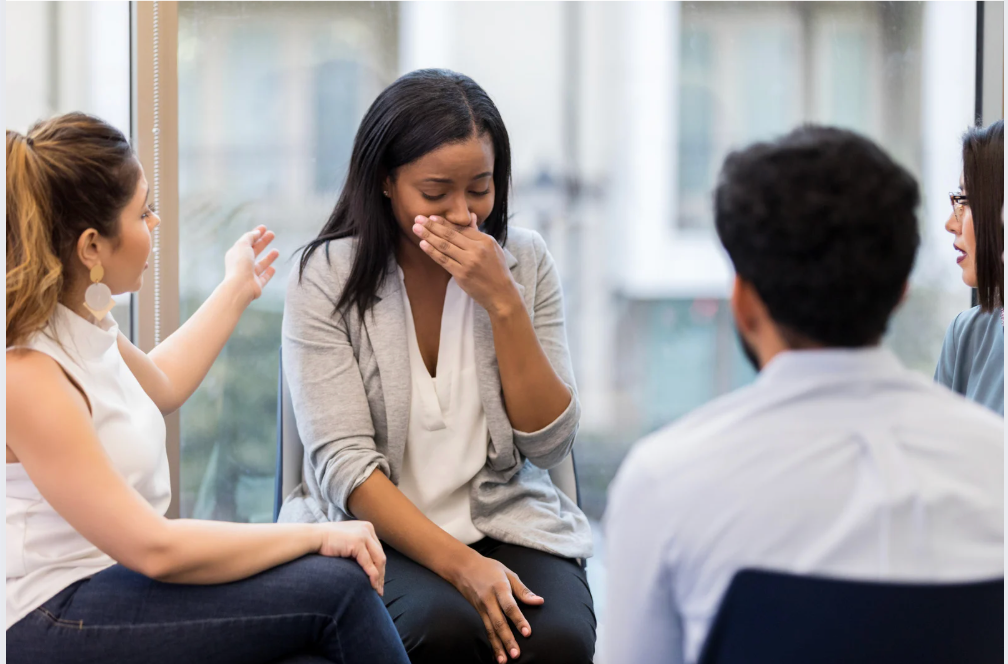5 Bicyclist Myths Debunked
While drivers and bicyclists share the same goal of reaching their destination safely, they are at odds due to the fact that they use different modes of transportation. Bicyclists are more vulnerable than drivers, so they must be more careful and follow the rules of the road.
However, drivers sometimes get mad at bicyclists for seemingly no reason. They honk their horns, yell at them, and even try to run them off the road. How do you think drivers justify their actions?
Disproving Common Misconceptions
There are several myths surrounding bicycle accidents, many of which serve to blame the victim. However, the truth shows the opposite.
1. Bicycle accidents are often caused by bicyclists.
There is a common misconception that bicycle accidents are primarily caused by bicyclists themselves. However, this is not the case. In fact, many bicycle accidents are caused by drivers who fail to yield the right of way to bicyclists or who make sudden turns without checking for oncoming traffic.
Additionally, poor road conditions are often to blame for bicycle accidents. Potholes, debris, and other hazards can cause bicyclists to lose control of their bikes, leading to a collision.
2. Bicycles have no right to be on the road.
Cyclists have the same rights and responsibilities as any other driver. This includes the right to use any designated bicycle lane or shoulder and the right to ride in the middle of a traffic lane when necessary. Unfortunately, some motorists still view bicycles as obstacles or nuisances and fail to give them the respect they deserve. This can lead to dangerous situations for bicyclists, who are often forced to take evasive action to avoid being hit by a car.
3. Bicyclists would be safer if they rode on the sidewalk.
In some situations, riding on the sidewalk can be more dangerous for bicyclists. For example, when a bicyclist is riding on the sidewalk, they are more likely to come into contact with pedestrians. This can lead to collisions and injuries.
Additionally, sidewalks are often not as well-maintained as roadways, making them more hazardous for cyclists. Finally, riding on the sidewalk can make it more difficult for motorists to see cyclists, for instance, at intersections and crosswalks, which can increase the risk of accidents.
4. Bicyclists should ride as far to the right as possible.
In some cases, it may be safer for bicyclists to ride in the middle of the lane. For example, if there is debris on the shoulder or if the lane is too narrow to share safely, riding in the middle of the lane can help to prevent crashes. In addition, bicyclists who ride too close to the edge of the road may be at risk of being hit by opening car doors.
5. People ride bicycles to avoid car insurance and liability.
While it is true that bicyclists do not require insurance because they are not operating a motor vehicle, this myth is disproven by the fact that bicyclists usually have to pay out-of-pocket for damages that they cause. Additionally, while damage from a bicycle is far less severe than from cars, bicyclists still do not escape liability.
Contact Your Sonoma County Bicycle Accident Attorney
At Flahavan Law Offices, our bicycle accident attorneys deeply understand the unique challenges cyclists face. We know that cyclists are particularly vulnerable on the road, and we are committed to helping injured cyclists obtain the justice they deserve. We work tirelessly to hold negligent drivers accountable and to secure maximum compensation for our clients.
If you have been injured in a bicycle accident, call us today at (707) 414-0119 or fill out our form online for a free consultation.
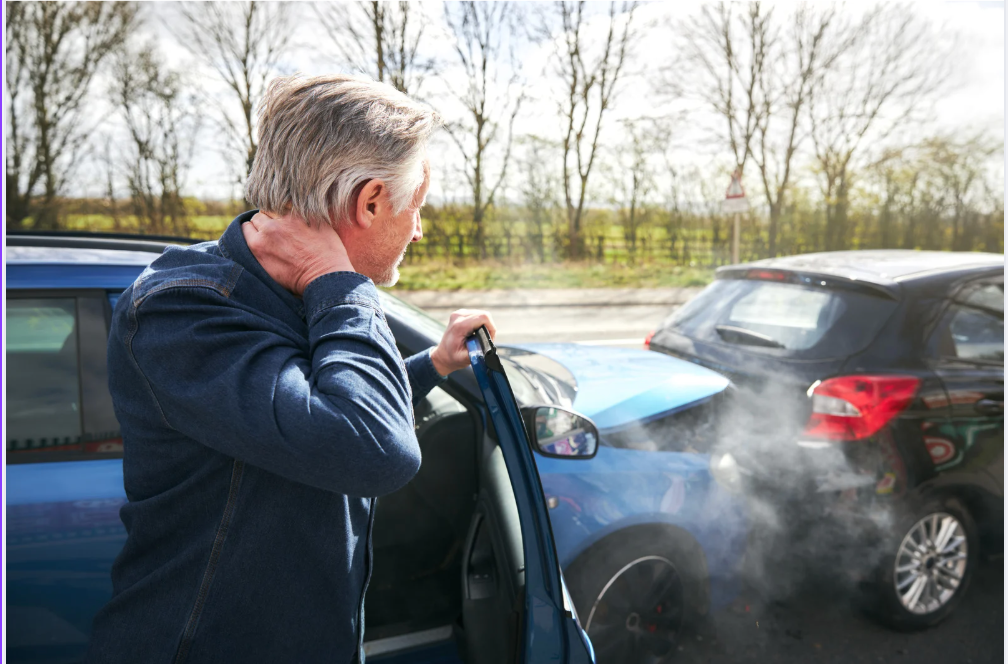

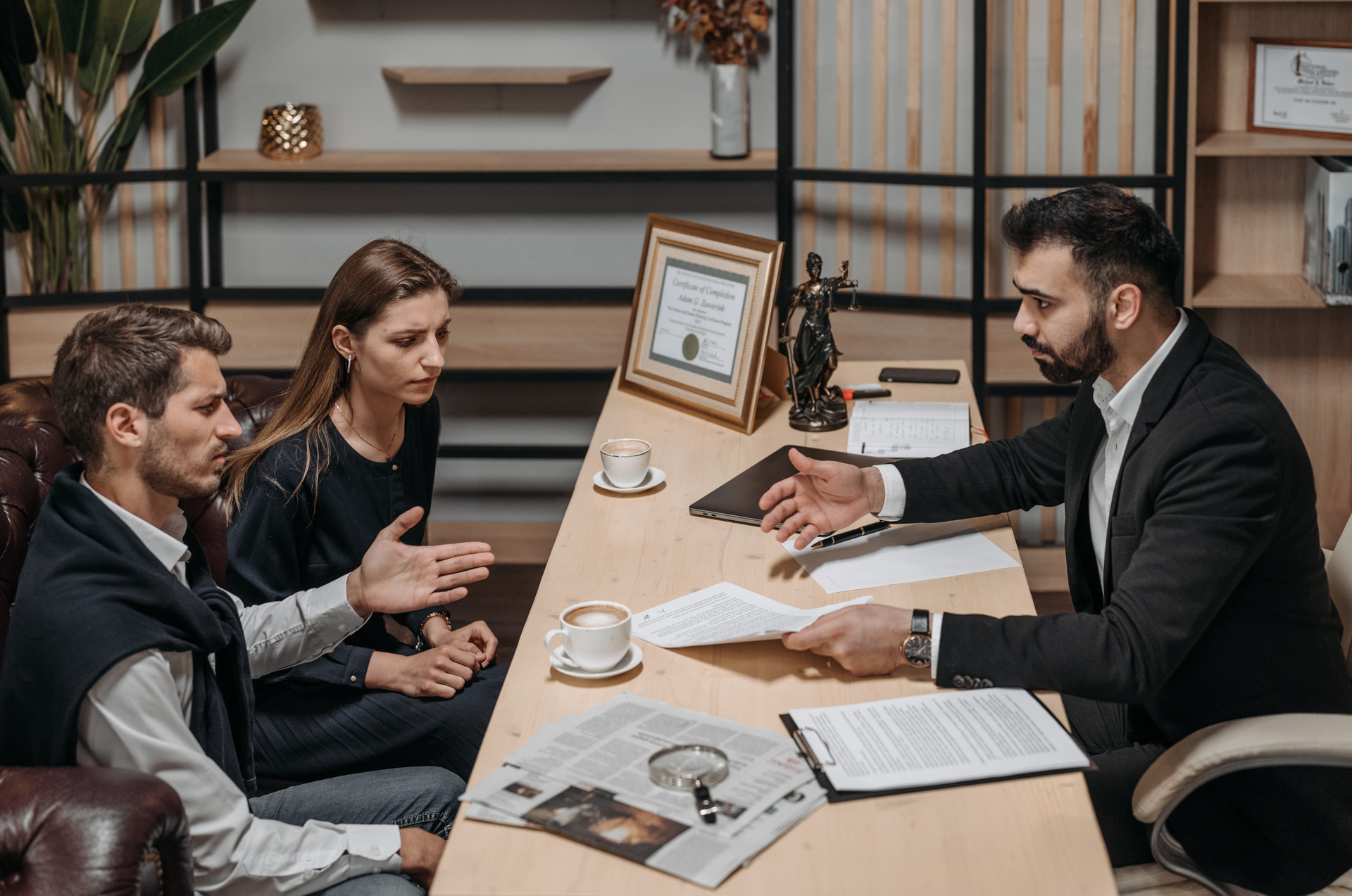

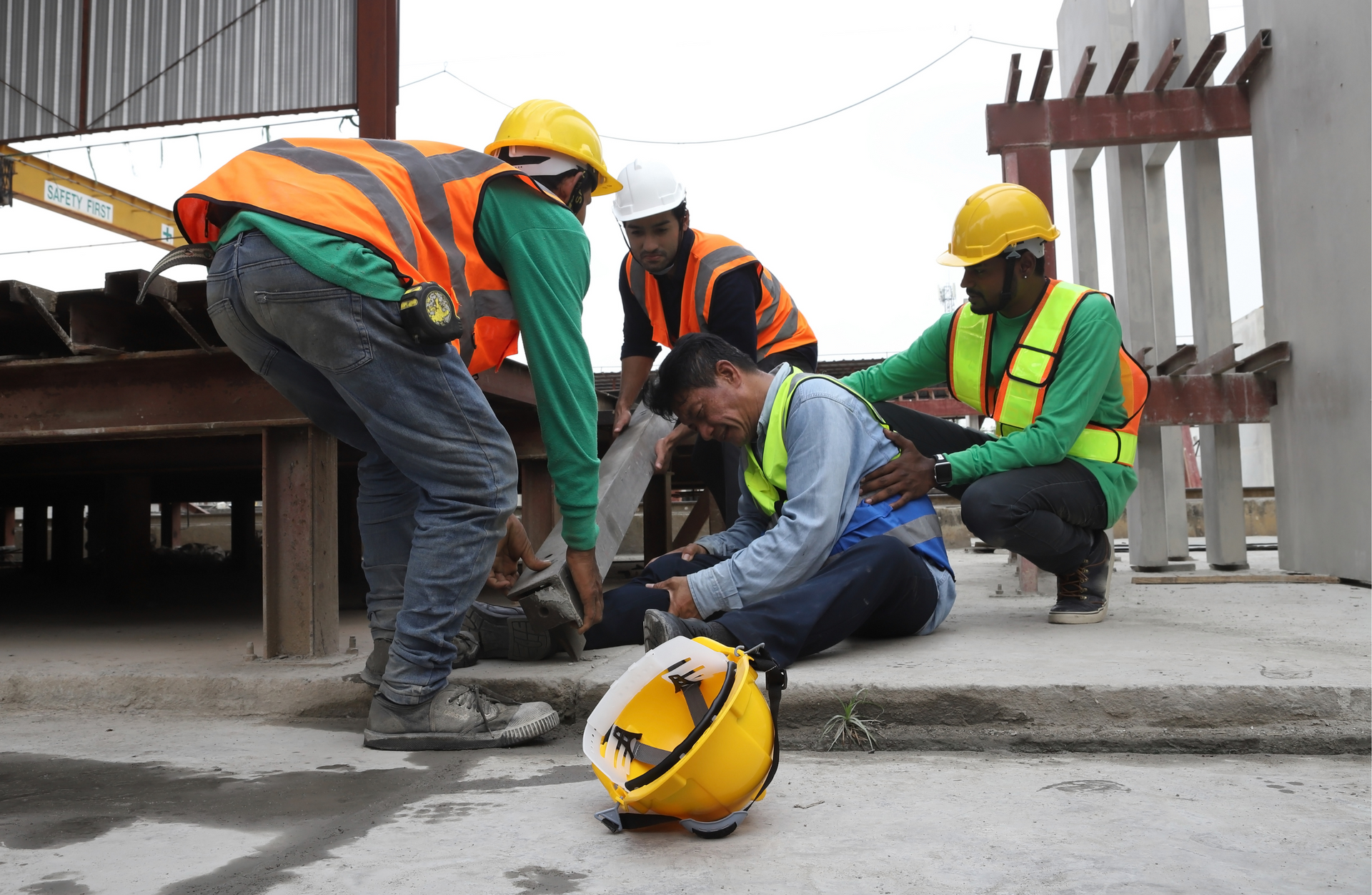
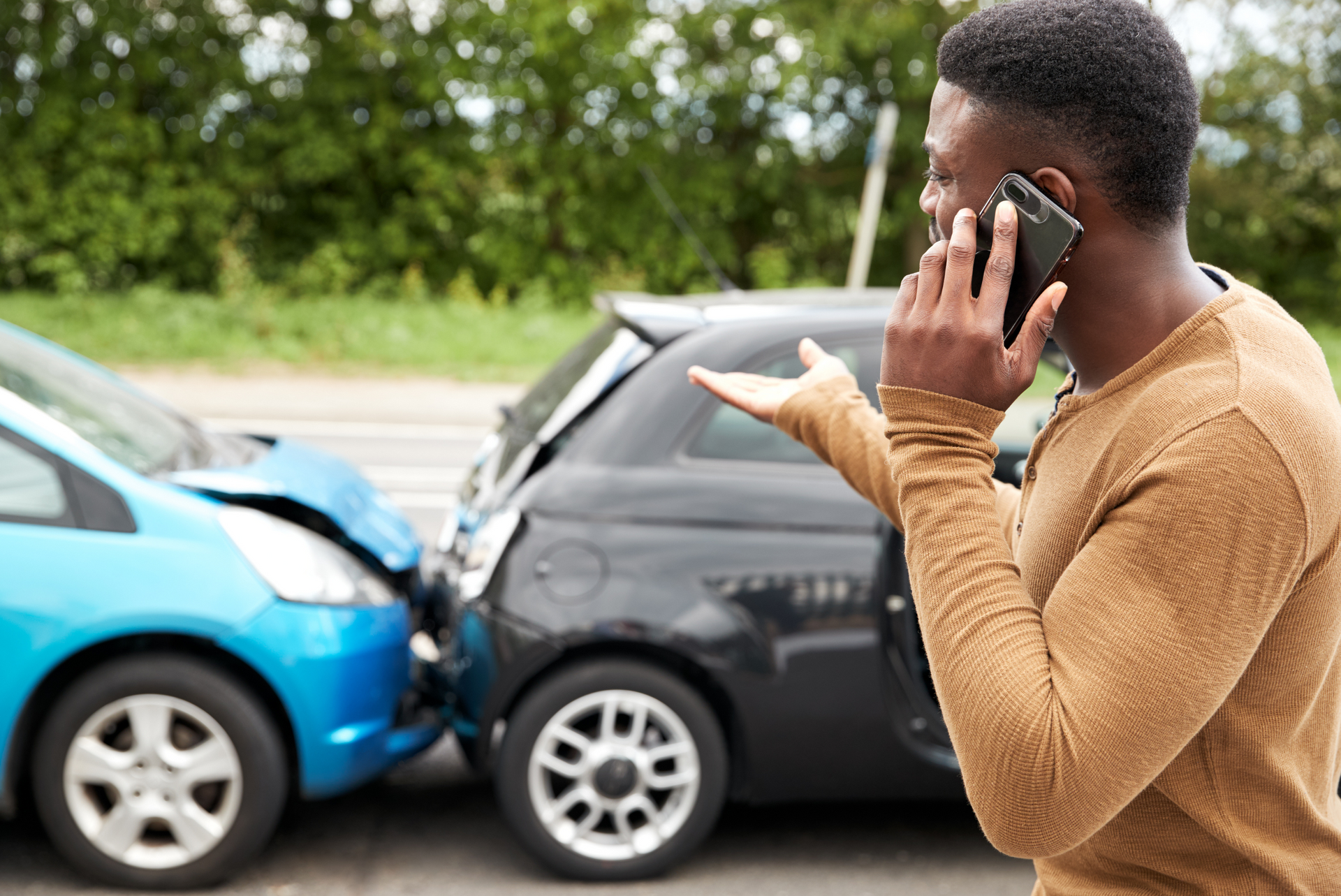
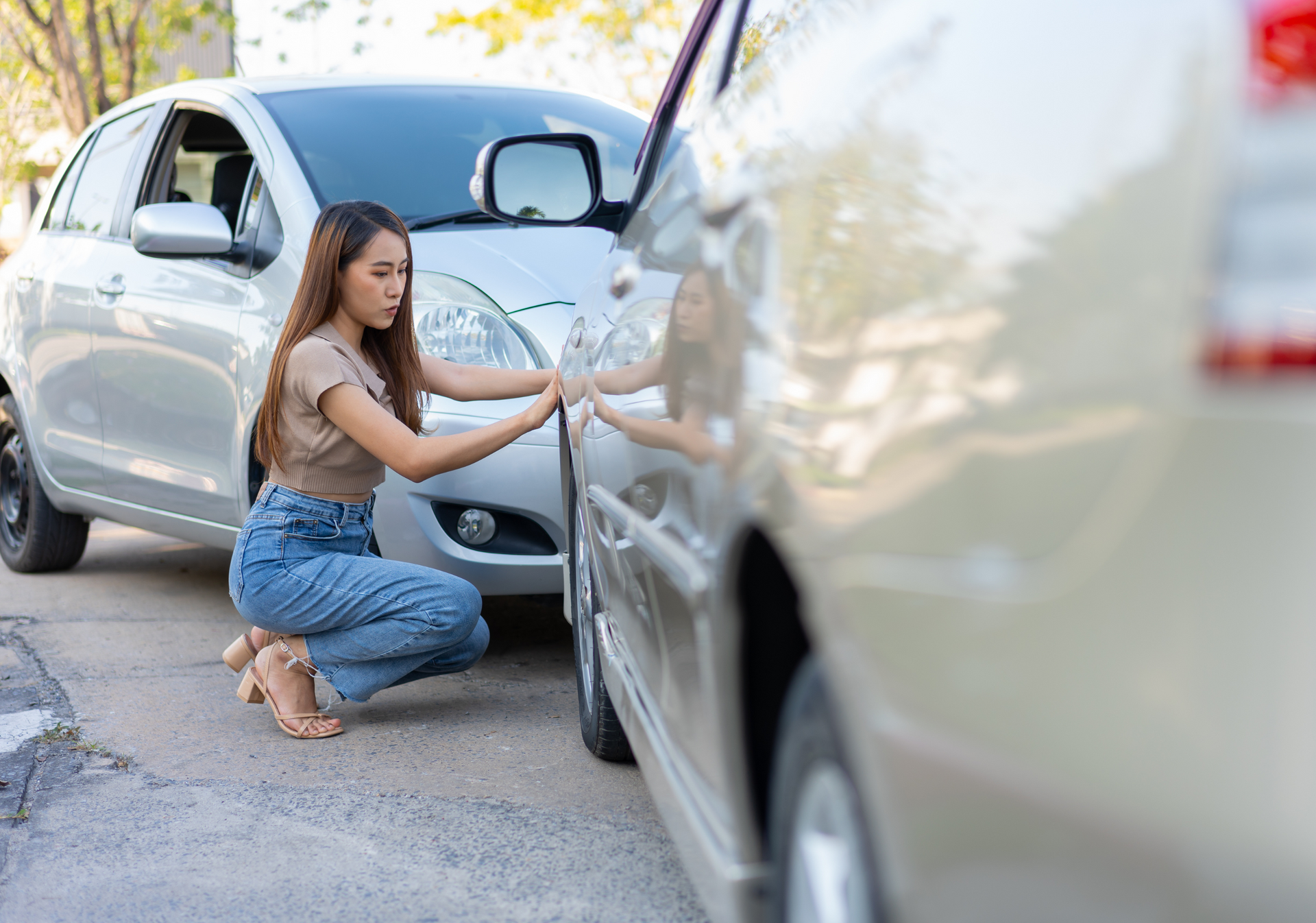


The information on this website is for general information purposes only. Nothing on this site should be taken as legal advice for any individual case or situation. This information is not intended to create, and receipt or viewing does not constitute, an attorney-client relationship.


